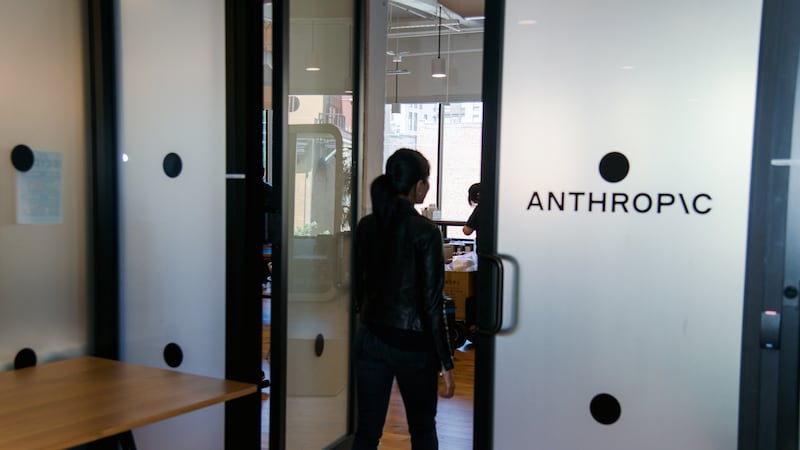ESB plans to demolish and redevelop its Fitzwilliam Street headquarters at a cost of about €150 million will be lodged with Dublin City Council next week.
The company late last year announced its intention to knock the building designed by Sam Stephenson and Arthur Gibney in the 1960s and replace it with a development doubling the capacity of the existing offices.
However, the proposed scheme, designed by Grafton Architects and O’Mahony Pike, did not comply with the Dublin City Development Plan which required the Georgian facades of the 16 buildings, demolished to make way for the headquarters almost 50 years ago, be reinstated.
City councillors voted last March to change the development plan, removing the reference to facade reinstatement, to allow the ESB to make its application for planning permission.
The latest plans are for a modern development but one which the company says is “respectful of the surrounding Georgian area”. Instead of recreating 18th century facades the development will attempt to “reinstate the Georgian rhythm” by dividing the building into “fingers” to suggest the width of historic house plots. The complex will have courtyards, accessible to the public as well as staff, and seven doors along the front facing Fitzwilliam Street.
Parts of the development would be seven storeys high, far taller than the surrounding Georgian houses. But these elements would be set towards the back of the development, near James’s Street East, with four storeys at the Fitzwilliam Street side. James’s Street East will have a new public plaza and events space.
While the current offices are fronted by the Stephenson and Gibney building, they are actually an amalgamation of several buildings constructed from 1948 to the late 1980s. Staff have to contend with 58 different floor levels making disability access almost impossible. The energy efficiency rating of the building is also poor. Both issues will be addressed by the new scheme which will have features such as a roof “meadow”, passive heating, as well as being fully accessible.
As part of the planning application, the ESB is also seeking to renovate seven surrounding houses,
mainly used as office space, for residential use. This element of the plan was sought by councillors to bring life back into an area which can be deserted after nightfall. The company also wants permission for two cafes or restaurants, which would be open to the public.
The design of the building would allow for subdivision and the ESB may seek a tenant to help cover the redevelopment costs.
The company is anticipating a 12-month planning process, which would include time for any appeal to An Bord Pleanála, followed by six months of tendering and 2½ years of construction.

















